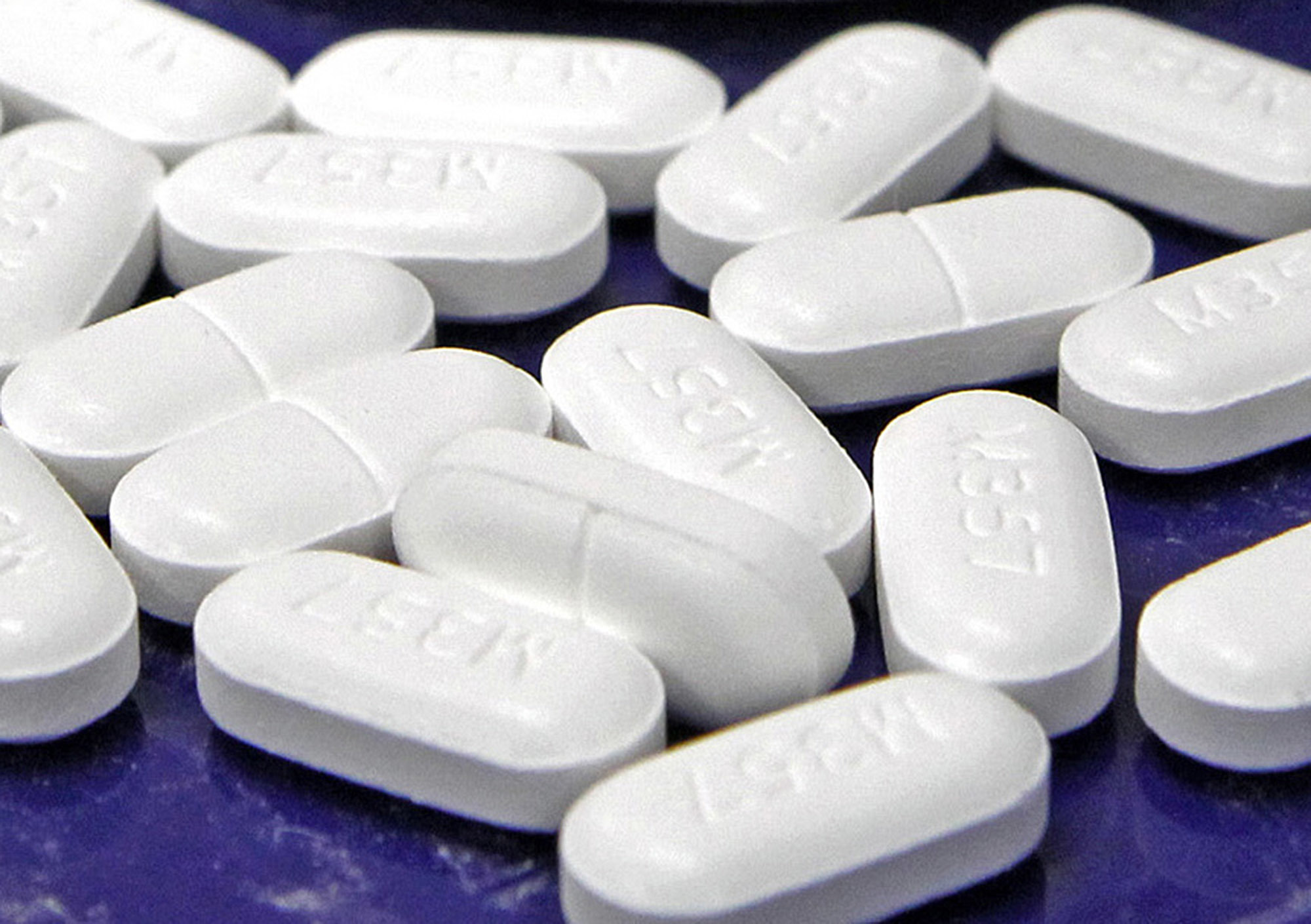The U.S. Food and Drug Administration should review the safety and effectiveness of all opioids, and consider the real-world impacts the powerful painkillers have, not only on patients, but also on families, crime and the demand for heroin.
That’s the conclusion of a sweeping report Thursday from the National Academies of Sciences, Engineering, and Medicine. It urges the FDA to bolster a public health approach that already has resulted in one painkiller being pulled from the market. Last week, the maker of opioid painkiller Opana ER withdrew its drug at the FDA’s request following a 2015 outbreak of HIV and hepatitis C in southern Indiana linked to sharing needles to inject the pills.
“Our recommendation is for a much more systematic approach, integrating public health decision-making into all aspects of opioid review and approval,” says Dr. Aaron Kesselheim of Harvard Medical School, a member of the report committee. “It would be an ambitious undertaking.”
The report details how two intertwining epidemics — prescription painkillers and heroin — led to the worst addiction crisis in U.S. history and provides a plan for turning back the tide of overdose deaths.
Prescribed, legal drugs are a gateway to illicit drugs for some, the report says. Other users start with pills diverted to the black market. Crush-resistant pills and other restrictions can have unintended consequences, shifting use to heroin and illicit fentanyl.

This Feb. 19, 2013 file photo shows hydrocodone-acetaminophen pills, also known as Vicodin, arranged for a photo at a pharmacy in Montpelier, Vt. On Thursday, July 13, 2017, the National Academies of Sciences, Engineering and Medicine released a report saying the U.S. Food and Drug Administration should review the safety and effectiveness of all opioid painkillers. (AP Photo/Toby Talbot, File)
The epidemic’s broad reach into rural and suburban America “has blurred the formerly distinct social boundary between use of prescribed opioids and use of heroin and other illegally manufactured ones,” the report says.
The authors say it’s possible to stem the crisis without denying opioids to patients whose doctors prescribe them responsibly. But long-term use of opioids by people with chronic pain should be discouraged because it increases dangers of overdose and addiction.
Requested by the FDA last year under the Obama administration, the report was greeted by FDA Commissioner Dr. Scott Gottlieb, a Trump appointee. Gottlieb said in a statement that the opioid epidemic is his “highest immediate priority” and he “was encouraged to see that many of (the) recommendations for the FDA are in areas where we’ve already made new commitments.”
Still, no immediate review of opioids as a class of drugs is planned by the FDA, other than the agency’s routine safety surveillance. Gottlieb said the FDA re-evaluates the safety of approved drugs with post-market information required from drugmakers and other sources.
“We will continue to consider what additional information is needed to ensure we have the right data to make important, science-based decisions,” he said.
Beyond the FDA, the report recommends:
—Better access to treatment for opioid addiction, including use of medications such as buprenorphine, in settings including hospitals, prisons and treatment programs. (The revised Senate Republican health care bill released Thursday includes $45 billion for states to use for addiction treatment and other responses to the opioid crisis, a boost over the $2 billion in the initial bill.)
—Year-round programs that allow people to return unused opioids to any pharmacy at any time, rather than only at occasional events. Some pharmacies, including Walgreens, have installed kiosks where people can get rid of pills.
—Insurers pay for pain control that goes beyond opioids to include non-drug treatment. The report doesn’t specify which treatments insurers should cover, but does outline what early evidence exists for acupuncture, physical therapy, cognitive-behavioral therapy and mindfulness meditation, calling them “powerful tools.”
—More research on the nature of pain and dependency on opioids and development of new non-addictive treatments.




